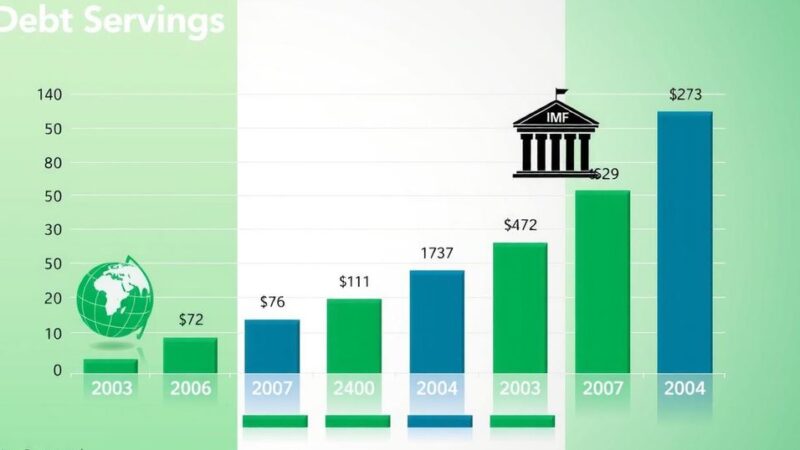Cameroon is set to expand its cement production to 12.7 million tons by 2025 with three new plants in Édéa, addressing local demand and potential exports. The plants, built by Chinese investors, are Sino Africaine, Central Africa Cement, and Yousheng Cement. This expansion marks a crucial shift in the industry, breaking Cimencam’s long-standing monopoly, though high prices persist due to clinker import costs.
Cameroon is poised to significantly enhance its cement production capabilities, with the introduction of three new cement plants located in Édéa, a town within the Sanaga-Maritime department. By the end of 2025, this initiative is expected to elevate the nation’s overall production capacity to 12.7 million tons, thereby addressing local demand and facilitating entry into international markets.
The Honourable Minister of Industry, Mines, and Technological Development, Fuh Calistus Gentry, recently inspected the construction sites of these new plants as well as two adjacent quarries. All three facilities are being established by Chinese investors in Édéa, the administrative capital of the department.
The first plant, known as Sino Africaine (Sinafcim), is currently ongoing and will boast an annual production capacity of 1 million tons, employing 200 workers, 90% of whom are Cameroonian nationals. The plant is predicted to begin cement production in April 2025.
The second facility, Central Africa Cement (CAC), has been operational for several months, with a production capacity of 1.5 million tons annually and a current workforce of 100, expected to expand to 200 employees in due course.
The third plant, Yousheng Cement, situated near the Dibamba River close to Douala, remains under construction, and it will have an annual production capacity of 1.8 million tons.
Upon completion of all three plants, Cameroon’s cement output will increase by 4.3 million tons, raising the total production capacity to 12.7 million tons by 2025. This growth will satisfy the national demand of 8 million tons and also foster prospects for cement exports to other nations.
The advancement of the cement industry in Cameroon has been notable. With the establishment of these new plants, the overall number of cement production units in the nation will reach nine, indicating a significant departure from the historical cement monopoly previously held by Cimencam, a subsidiary of Lafarge Holcim Maroc Afrique (LHMA), which controlled the market for 48 years with a production capacity of 2.3 million tons. Since 2015, competitors such as Dangote Cement, Cimaf, Medcem, Mira Company, and Cimpor have entered the market, increasing competitiveness.
Despite these increases in production capacity, cement prices remain elevated. In key urban areas such as Douala and Yaoundé, the cost for a 50 kg bag of cement ranges between 5,100 and 5,300 FCFA. Both producers and government officials attribute these high prices to the expenses linked with importing clinker, a crucial component in cement manufacturing.
In conclusion, Cameroon is on track to enhance its cement industry significantly with the introduction of three new plants that are projected to increase production capacity to 12.7 million tons by 2025. This development addresses domestic demand and positions the country for international cement exports, marking a substantial shift in the market dynamics since the end of Cimencam’s monopoly. Despite increased production and competition, cement prices remain high due to import costs of essential materials.
Original Source: www.businessincameroon.com






